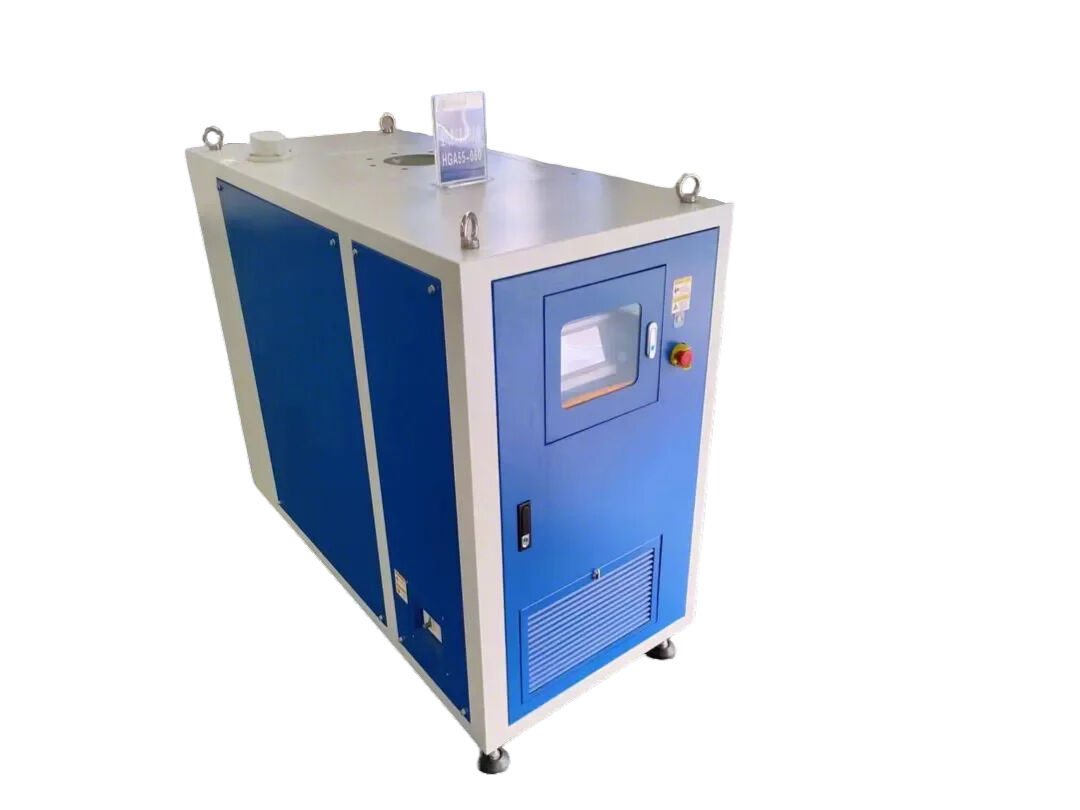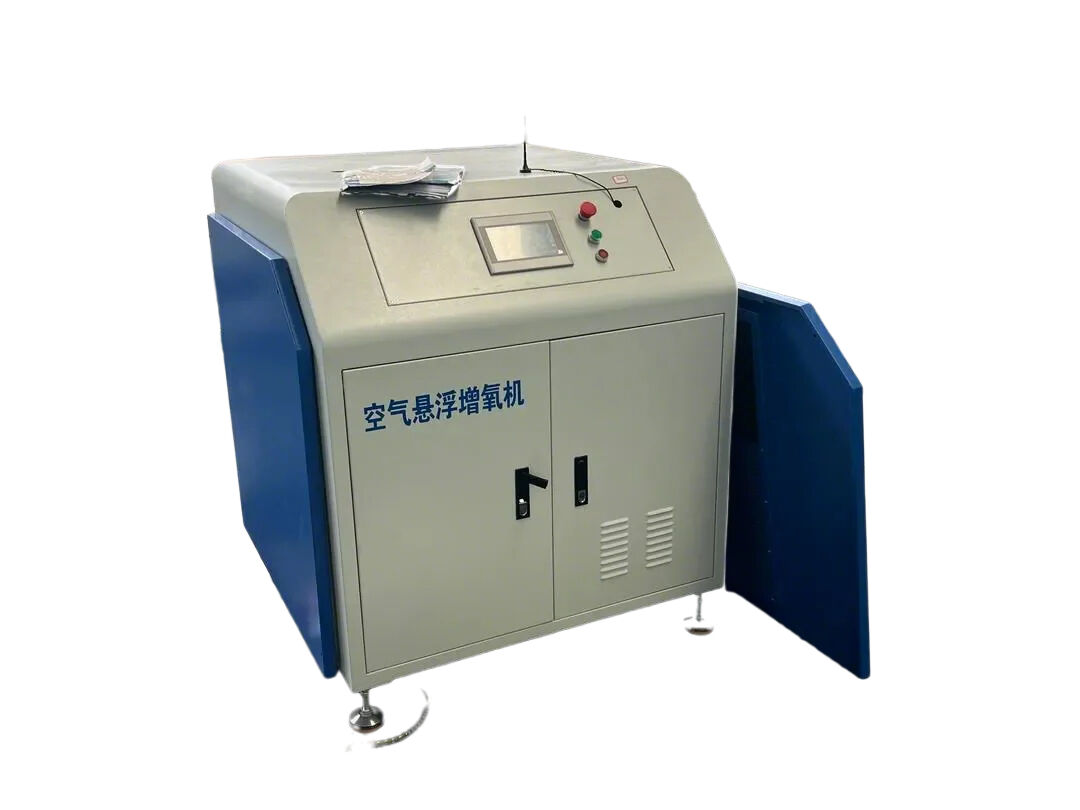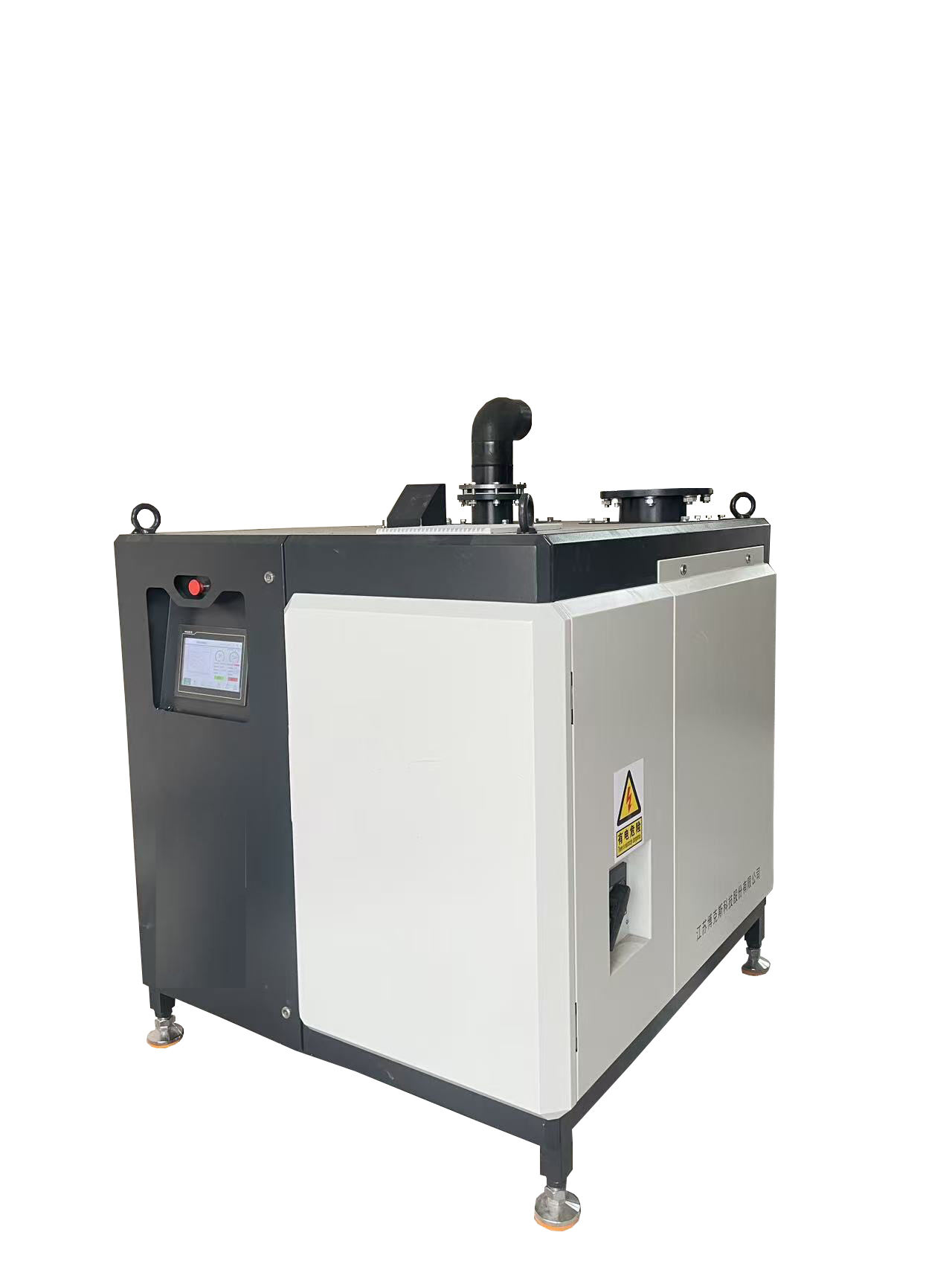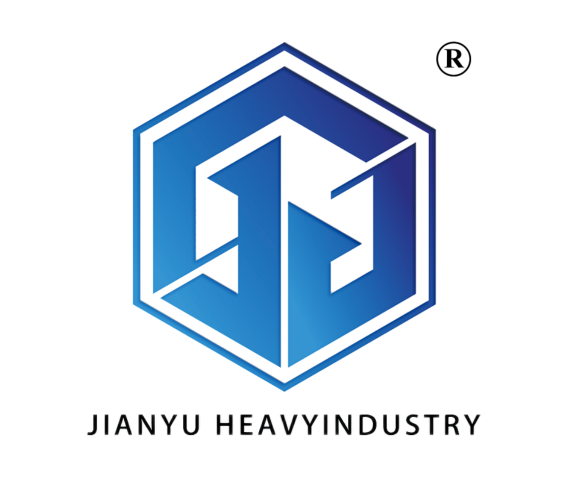Automated Feeding and Nutrition Management
The automated feeding systems incorporated in aquaculture tools revolutionize the way fish are fed and nourished. These systems employ advanced algorithms that consider multiple factors including fish size, species, water temperature, and time of day to optimize feeding schedules and quantities. High-precision dispensers ensure accurate feed distribution, reducing waste and improving feed conversion ratios. The systems can automatically adjust feeding patterns based on observed fish behavior and environmental conditions, maximizing growth rates while minimizing feed costs. Real-time monitoring of feed consumption patterns provides valuable insights into stock health and behavior, enabling early detection of potential health issues. The integration of feed management software allows for detailed tracking of feed inventory, costs, and efficiency metrics, supporting better financial management and planning.



